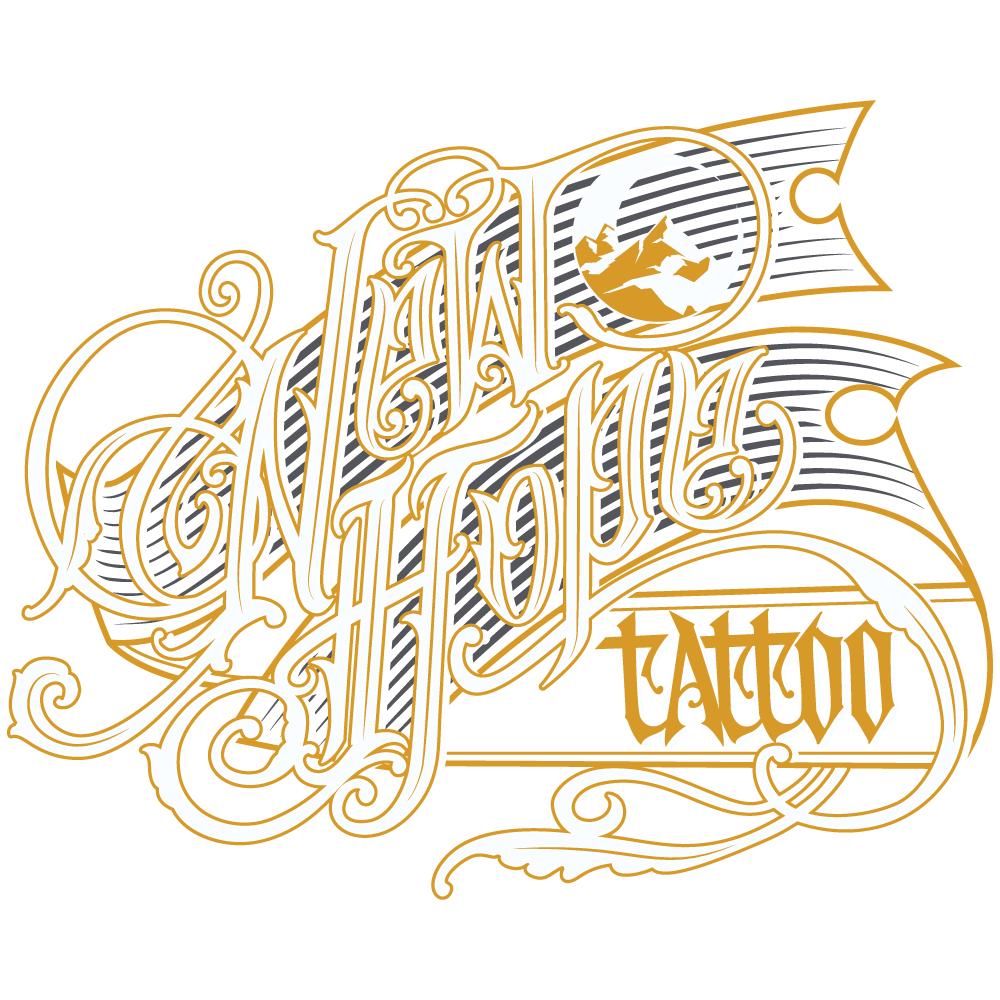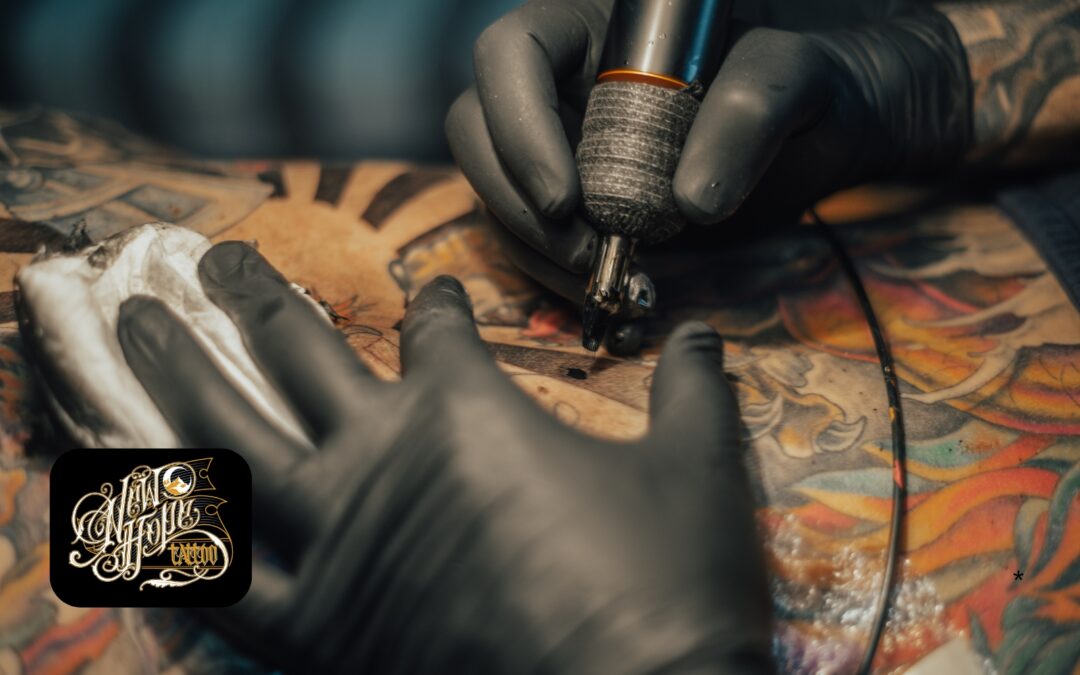Religious tattoos have served as visual declarations of belief for millennia. From ancient pilgrimage marks to today’s fine-line script, sacred imagery continues to transform skin into a living testament of spirituality. This guide explains the history, symbolism, style options, and best practices for anyone considering faith-based ink.
Why People Choose Religious Tattoos
| Motivation | Common Design Choices |
| Devotion & Worship | Crosses, rosaries, Quranic calligraphy |
| Identity & Heritage | Celtic crosses, Sanskrit “Om,” Star of David |
| Protection & Guidance | Archangels, St. Michael, Hamsa hand |
| Life Milestones | Baptism dates, pilgrimage coordinates, rite-of-passage verses |
A Brief History of Sacred Ink
- Ancient Copts (Egypt): Small wrist crosses signified Christian identity.
- Jerusalem Pilgrims (13th C.–present): Travelers received “Jerusalem Cross” tattoos after visiting the Holy Land.
- Polynesian Cultures: Tatau incorporated deities and ancestral guardians.
- Modern Mainstream: Scriptural sleeves on athletes and minimalistic “Om” tattoos reflect enduring relevance.
Popular Religious Tattoo Styles & Meanings
Christianity
- Fine-Line Crosses: Subtle daily reminders of faith.
- Sacred Heart: Symbolizes divine love and compassion.
- Saint Portraits: Patron saints depicted for guidance and protection.
Judaism
- Star of David: Identity, unity, and protection.
- Hebrew Verses: Frequently from Psalms or Genesis; precise lettering is vital.
- Placement Tip: Many choose areas that can be covered to respect burial customs.
Islam
- Quranic Calligraphy: Verses like Ayat al-Kursi, rendered in Thuluth script.
- Geometric Arabesques: Non-figurative patterns align with aniconism principles.
Hinduism & Buddhism
- Sanskrit “Om” & Lotus: Enlightenment and rebirth.
- Yantra Diagrams: Geometric protection talismans.
- Bodhisattva Imagery: Avalokiteshvara for compassion, Manjushri for wisdom.
Universal & Interfaith Symbols
- Mandala-cross hybrids
- Tree of Life motifs
- Angel numbers (e.g., 444 for guidance)
Cultural Sensitivity Checklist
- Verify Symbol Accuracy: Confirm spelling, script direction, and verse references.
- Respect Placement Traditions: Some faiths discourage sacred text below the waist.
- Consult Knowledgeable Sources: Community leaders can advise on appropriate usage.
- Select an Experienced Artist: Mastery of sacred calligraphy and iconography prevents accidental disrespect.
Studio-Ready Preparation
| Step | Recommendation |
| Consultation | Bring reference images, exact text, and translation notes. |
| Size & Detail | Script needs at least 1.5 in (3.8 cm) height for long-term clarity. |
| Aftercare | Use fragrance-free soap; apply thin ointment; avoid soaking for two weeks. |
| Touch-Ups | Expect fine lettering to need refreshing every 5–7 years. |
Frequently Asked Questions
Is it disrespectful to get a religious tattoo?
Respectful intent, cultural research, and proper execution generally prevent offense. When unsure, seek guidance from spiritual authorities.
Does every faith allow tattoos?
Views differ. Christianity and Buddhism are usually permissive; Orthodox Judaism and some Islamic schools discourage permanent body art. Personal consultation is advised.
Where is the best placement for sacred ink?
Forearms and upper arms offer visibility without excessive sun exposure. Those following specific religious customs may prefer above-the-waist placements.
Key Takeaways
- Meaning First: A well-researched symbol holds lifelong resonance.
- Accuracy Matters: Even minor script errors can alter theological meaning.
- Professional Care: An experienced studio ensures clean lines, safe practice, and respectful representation.
Transform Belief into Art
Ready to wear your faith? Schedule a free design consultation with New Hope Tattoo and collaborate with skilled artists who specialize in sacred imagery.


